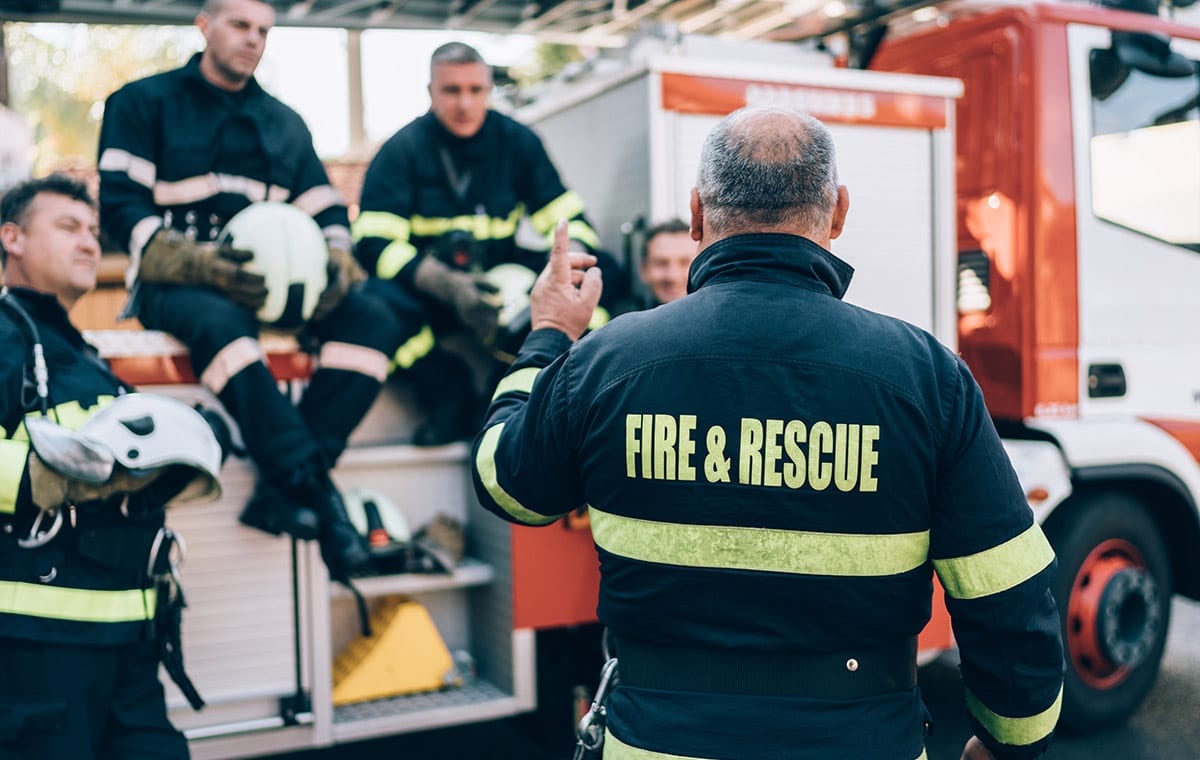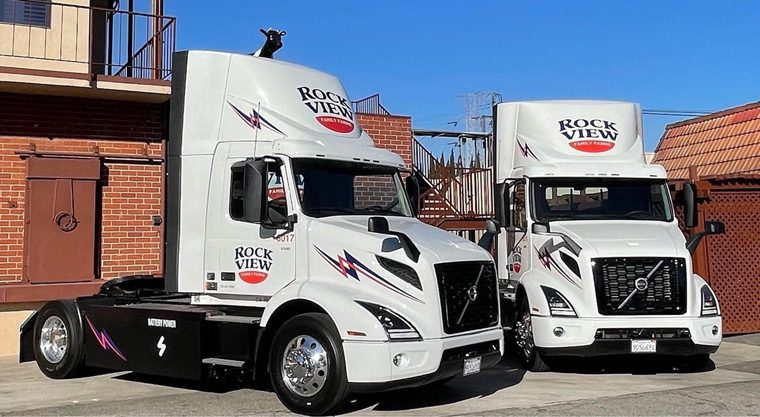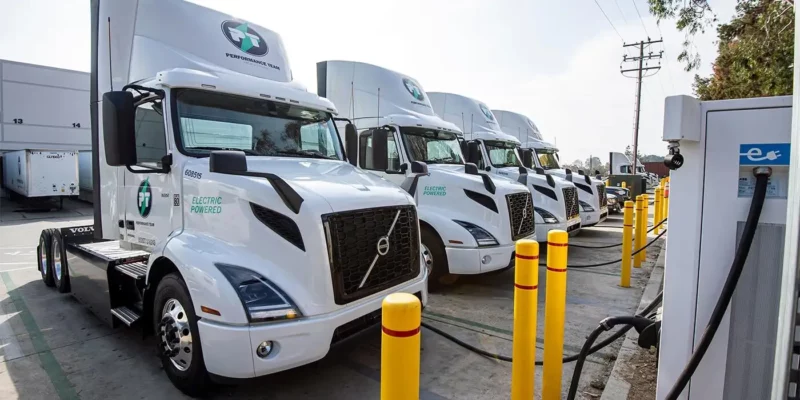News & Media

Preparing First Responder Training for HD BEV Deployments
First responders need the best training possible to effectively do their jobs in challenging and often hazardous environments and situations. As such, when introducing an entirely new vehicle technology to a market—such as battery electric trucks—it is vital to train first responders before the technology takes to the road.
In Southern California, the Volvo LIGHTS team is taking the lead in ensuring that the region’s first responders are fully prepared to safely respond in case of an incident or accident involving a heavy-duty battery electric vehicle (HD BEV). Here are a few of the team’s tips on things to consider when designing training for your community:
Assemble the Right Training Team
Effective training relies heavily on the technical expertise of its instructors. With this in mind, the Volvo LIGHTS team wanted to ensure a diverse range of perspectives and backgrounds were considered.
The vehicle manufacturer is an ideal place to start when assembling a team. The engineers who designed the vehicle can provide detailed technology diagrams and share existing training materials that have been developed for its dealership network and vehicle technicians.
Next, consider local education and training organizations that have already conducted similar types of training with first responders. For the Volvo LIGHTS project, two technical community colleges—Rio Hondo and San Bernardino Valley College—both of which are project partners, were a perfect fit given their experience training students to maintain and repair vehicles equipped with advanced vehicle technologies. In addition to helping design training resources and courses up front, both schools can help provide on-the-ground, long-term training support moving forward.
Given that the “refueling” process will be entirely new for truck operators, charging infrastructure experts such as electric vehicle service providers and charging equipment manufacturers should also be consulted. They can provide important information about high voltage charging safety.
Talk to Impacted Stakeholders
Before you start designing your coursework, talk to the first responders in each city for whom you will be conducting training. By asking questions about past trainings they have taken(e.g., for electric passenger cars) and the types of sessions that have worked best (e.g., in-person vs. online; on-site vs. at a fleet location), you’ll have a major head start on how to design your training initiative.
If you don’t know the most person to contact, you may want to identify a local community organization that has established relationships with city and county organizations and leaders. For example, Reach Out is a Volvo LIGHTS partner that specializes in organizing community outreach and support initiatives in the cities where the project is taking place. Reach Out has helped connect the project team to key civic leaders in the region who have set up introductory meetings and galvanized project support.
Finally, consider talking to some of the vehicle technicians at local dealerships that may have already received training from the manufacturer on how to maintain the vehicles. They can identify what information was most useful, what could have been described in greater in-depth, and which training formats/resources were most effective for them.
Make an Outline of Key Training Topics
Once you’ve assembled the right team and have done your background research, you are ready to start designing your first responder training curriculum. Working with the training team to make a comprehensive list of training topics will help ensure that crucial information is not overlooked throughout the length of instructional courses.
Important topics to include in training include:
- Introduction to the battery-electric vehicle technology, including a demonstration of the new instrument panel, the power up/down process, and how to conduct a visual inspection after an incident.
- An overview of potential hazards that first responders may encounter—such as high voltage systems—and even more importantly, how to properly and safely respond to those hazards.
- Insight into new processes a fleet may encounter, including how to charge vehicles, emergency shut down methods, and new vehicle operating procedures for drivers.
Develop Flexible Training Resources
In addition to considering what topics to address in the training, it’s important to consider how to provide training. Each individual has a preferred way of learning, whether it be visual, auditory, or hands-on. It is also important to accommodate learners with special needs. To provide maximum learning inclusivity, these same considerations should be applied to battery-electric truck training for first responders.
One effective training method is to provide in-person instruction paired with hands-on access to the new technology. The in-person instruction might start in a classroom setting with visual slides and handbook materials. “Hands-on” vehicle access can then be provided via stationary truck demonstrations and ride-and-drive opportunities.
When in-person trainings aren’t feasible, recorded webcasts and printed educational materials can be helpful to have on hand. This also helps cover individuals who miss portions of training, as well as team members who may need to refresh their knowledge at a later date.
Coming Soon
The Volvo LIGHTS team is looking forward to kicking off its first responder training in the coming weeks and will share progress updates and lessons learned at lightsproject.com.


